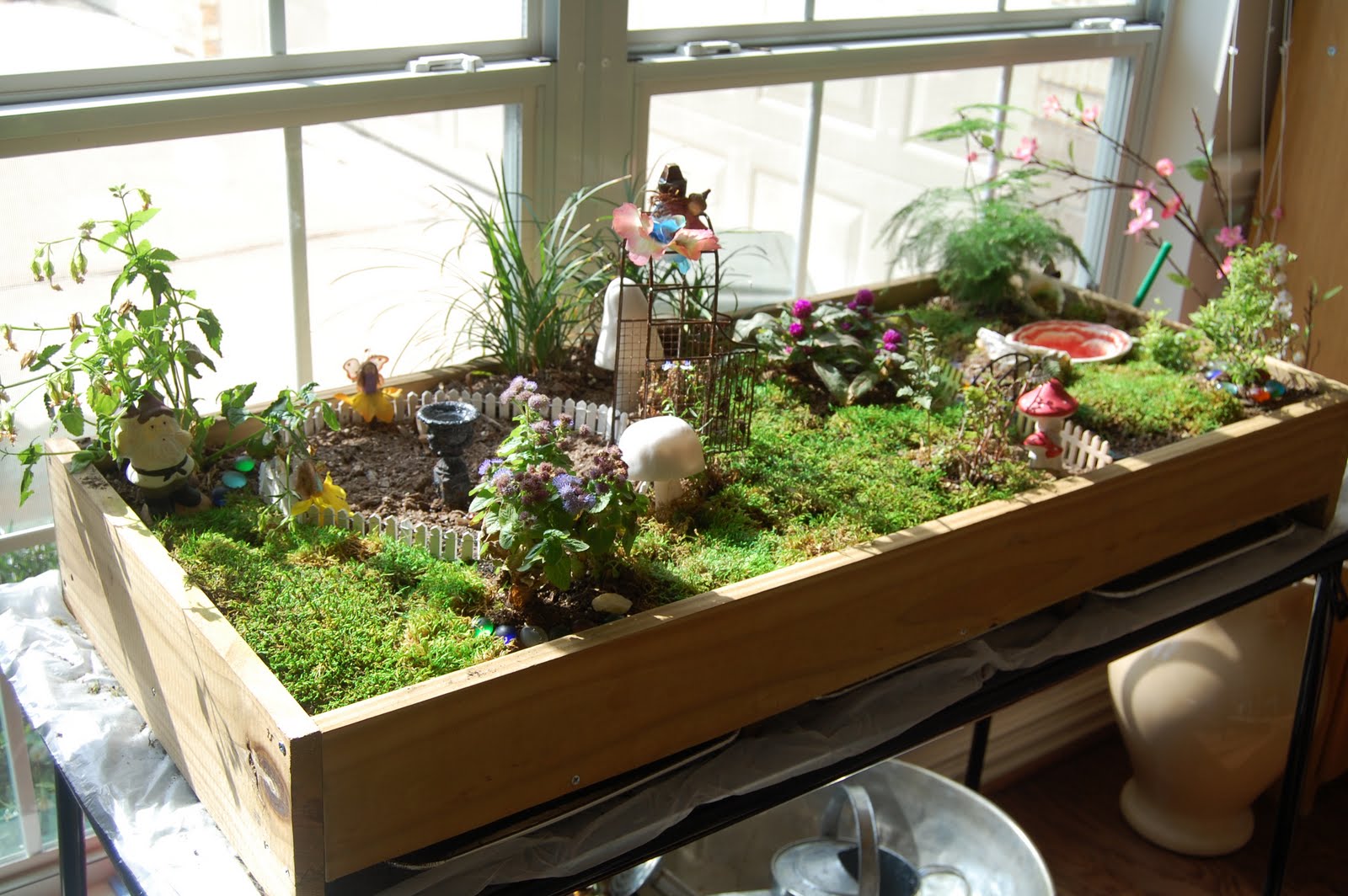Do you want to enjoy the freshness, beauty and wonderful smell of flowers, plants, veggies, fruits or herbs in your home all year around?
Setting up and taking care of an indoor garden is not as complicated as it sounds but it does require persistence and following certain basic rules, if you want your home plants to grow healthy and well.
Here are the basics for setting up and maintaining your own indoor garden:
Find the perfect location for your plants
Finding the most suitable place for your plants is crucial for their proper growth and well-being. Remember to read the tags of the plants or the instructions given when you choose the right location for the different plants in your home. Some flowers and plants need bright and yet non-direct light, so don’t place them on the windowsill or anywhere where there is direct light. Others need bright light to grow and flourish, and certain plants prefer shady spots.
Remember that lighting is crucial
After choosing the location for your indoor garden, make sure that your flowers or other plants will be getting sufficient light even in the murky fall and winter days when very little sunshine enters your home.
If you live in an area where there is not too much sunlight throughout the year, or if the positioning of the home plants is such that they do not get enough sunshine, you should install LED grow lights. These are lighting units specialized for growing plants and they emit the same kind and wavelength of light as the sun does. Choose the right type of lights and position them correctly in order to allow for all your beloved plants to get some sunshine during the day.
Maintain appropriate temperature levels
The ambient temperature is as important for the health and growth of your plants as is the light. Make sure that the temperature levels in the room or area where you have situated your plants doesn’t fall under 65-75°F, which is the temperature suitable for most of the popular plants. You can set up a thermostat to monitor the temperature level and control it. Too much heat can cause your plants to turn yellow and their leaves to shrivel up and fall off. Colder temperatures can stop the growth of your plants and make them weak.
Look out for the humidity levels as well
The humidity level can drop drastically indoors especially in the colder seasons when you are using heating inside the house. The lowered humidity can cause the leaves of your plants to turn brown and fall off.
If you don’t have a humidifier, you can mist your plants to increase the humidity. Also, place them closer together for a better microenvironment. Another great tip is to fill a vessel with water and lava rocks and place it near the plants. The evaporating water will do wonders for your home garden.
Pick plants which can be grown inside
While with the proper care, nearly any plant can be grown indoors, it is advisable that you choose easy to grow flowers, plants, vegetables or fruits, especially if you are new at indoor gardening.
It is always a good idea to look for plants with similar preferences for temperature and humidity when you are choosing the right ones for your home. You can grow plants which have different requirements for lighting because this can be adjusted by the placement of the pots and containers as well as with the help of grow lights.
Pick soil suitable for indoor growing
You may find it easier to use soil from your backyard, but for indoor gardening, it is better to use a medium which is especially for inside use. This soil is usually much looser and yet contains all the organic matter necessary to keep the essential nutrients in the pot and let the extra water drain out.
Another alternative to using soil is to use hydroponics, which allows for a much faster growth of the plants and requires less space.
Final words
After you have chosen the perfect spot in your home for your plants, as well as the plants themselves, the soil and the tools for temperature, humidity and light control, you are ready to start up your own garden.
But remember that planting the flowers or other flora is just the beginning. All of your precious plants need regular care, watering, weeding, pruning, re-potting and other if you want to be able to admire your indoor garden for years to come!
